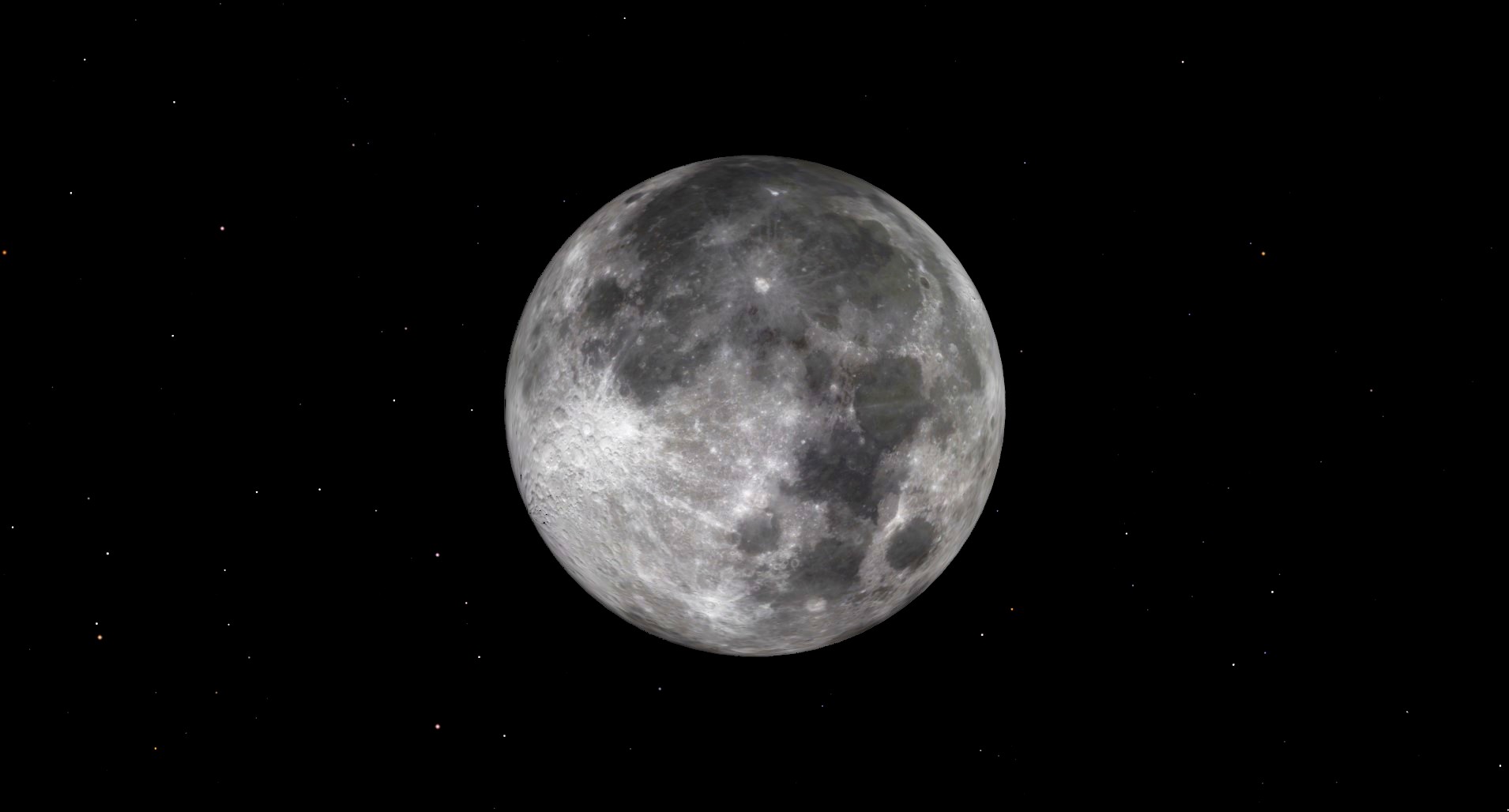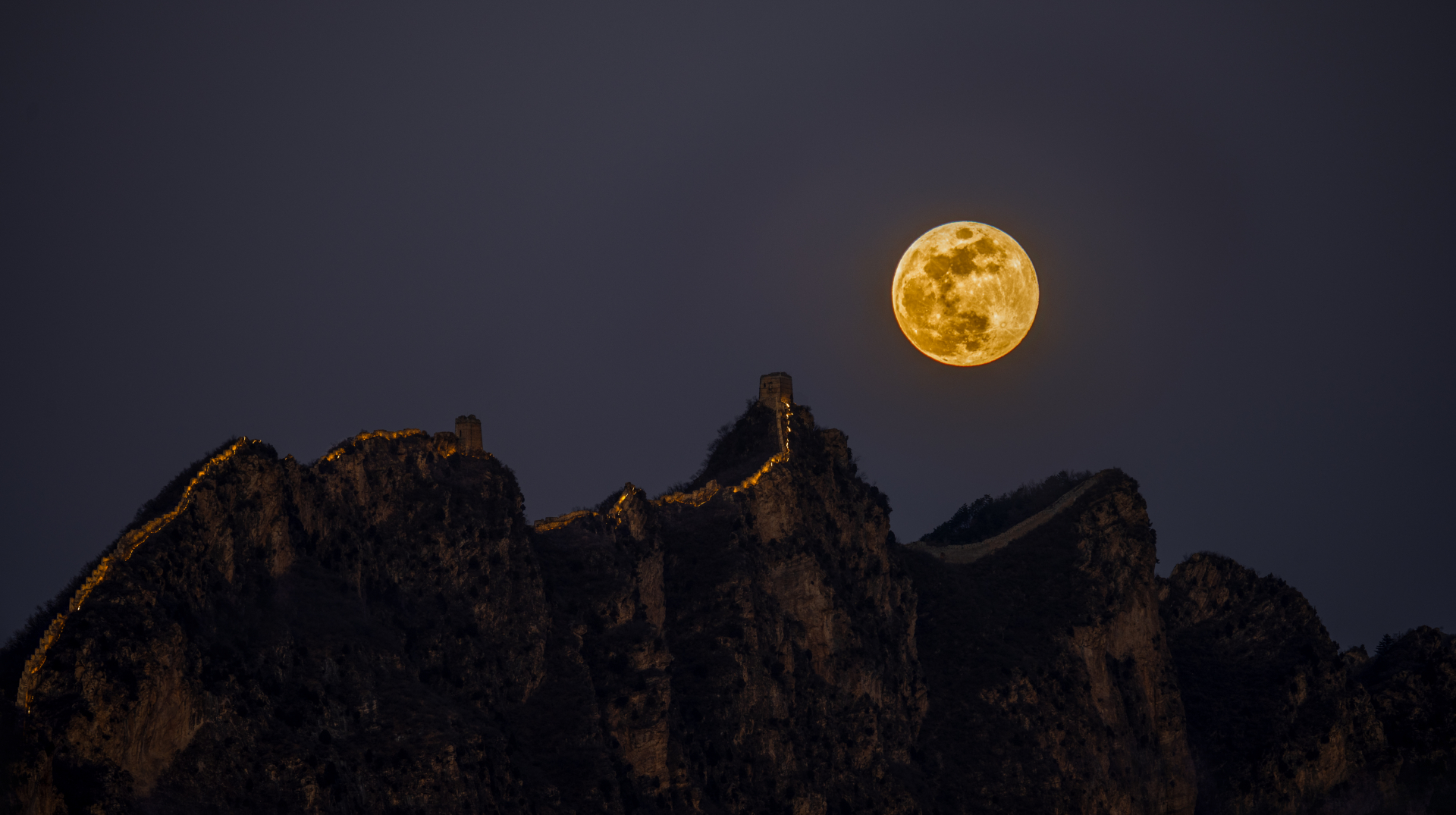The Full Beaver Moon shines tonight, the next-to-last full moon of 2023
The Beaver Moon will appear between the 'horns' of Taurus, the Bull.

The penultimate full moon of 2023 will shine on Monday, Nov. 27, in the form of the Beaver Moon.
From New York City, the Full Beaver Moon will rise at 3:48 p.m. EST (2048 GMT), with the sun setting a little later at 6:30 p.m. EST (2130 GMT), according to In the Sky. Skywatchers will then be able to view the fully illuminated moon in its glory until it sets at 8:28 a.m. EST (1328 GMT), around an hour and a half after the sun rises at 6:53 a.m. EST (1153 GMT). At the exact moment of the full moon, the moon will be 180 degrees away from the sun as viewed from the center of Earth, shining brightly in the constellation of Taurus, the Bull.
Following the Beaver Moon, the illuminated face of the moon will start to recede, which astronomers call waning. This progression of darkness across the lunar face will continue until the completely dark new moon on Dec. 12. This final new moon of 2023 will also signal the beginning of this year's final lunar cycle leading up to the last full moon of 2023, December's Cold Moon, which rises on Dec. 26.
Related: November full moon 2023: Full Beaver Moon is joined by Mercury, Venus, Jupiter and Saturn

Looking for a telescope to see the Beaver Moon up close? We recommend the Celestron Astro Fi 102as the top pick in our best beginner's telescope guide.
According to Farmer's Almanac, the name for November's full moon, the Beaver Moon, arises from the fact these animals have gathered sufficient food stores and begin to take shelter in their lodges at this time of year. When the food trade was active in North America, the name also referred to this being the time to trap beavers and recover their thick winter pelts.
Alternative names for November's full moon in Native American and Colonial American tradition refer to the activity of animal life at this time of year. Colorful examples are Tlingit's name, the Digging Moon, which refers to the foraging of animals for fallen nuts and bears digging their dens. The Deer Rutting Moon, in the Dakota and Lakota tradition, refers to the time deer seek mates, and the Algonquin people's Whitefish Moon moniker describes the spawning of fish at this time.
Other terms for November's full moon make reference to the frigid conditions of this time of year as winter sets in. Cree and Assiniboine peoples call the November full moon the Frost Moon, while the Anishinaabe tradition refers to it as the Freezing Moon.
Breaking space news, the latest updates on rocket launches, skywatching events and more!
The chilly names for the full moon continue into December, with the final full moon of the year referred to as Cold Moon most commonly, arising from native North American tribes and even in Celtic culture. December's full moon is also called the Winter Moon by the Shoshone tribe, the Dead of Winter Moon by the Alaskan Inupiat people, and the Snow Moon by the Cherokee and Haida tribes, indicating the first fall of snow.
Remember: If you're hoping to catch an up-close look at the Beaver Moon, our guides to the best telescopes and best binoculars are a great place to start.
If you're looking to snap photos of the night sky in general, check out our guide on how to photograph the moon, as well as our best cameras for astrophotography and best lenses for astrophotography.
Editor's Note: If you snap an image of the Beaver Moon and would like to share it with Space.com's readers, send your photo(s), comments, and your name and location to spacephotos@space.com.

Robert Lea is a science journalist in the U.K. whose articles have been published in Physics World, New Scientist, Astronomy Magazine, All About Space, Newsweek and ZME Science. He also writes about science communication for Elsevier and the European Journal of Physics. Rob holds a bachelor of science degree in physics and astronomy from the U.K.’s Open University. Follow him on Twitter @sciencef1rst.

